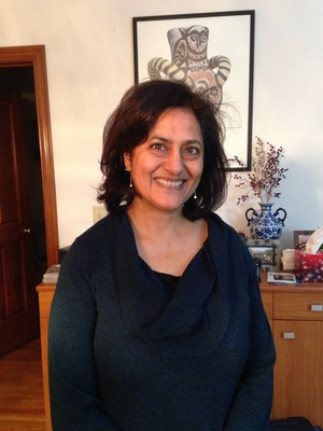The 2022 Nobel prize celebrates the detection of entanglement between two photons. Quantum spin liquids (QSLs) are long-range entangled states of matter of billions of interacting qubits or spins that develop in a Mott insulator. The fate of the interacting spins can progress along two paths as the temperature is lowered: the spins can undergo long range ordering, spontaneously breaking the continuous symmetries, leading to a magnetic phase; or the spins can remain disordered but get quantum mechanically entangled with long range patterns of many-body entanglement in the resultant QSL. The possibility of obtaining QSL phases is enhanced by having a low spin and enhanced quantum fluctuations, and frustration arising from the lattice geometry and/or competing spin-spin interactions. Remarkably QSLs harbor fractionalized excitations rather than the conventional spin waves of ordered magnets that carry integer units of angular momentum. In my talk I will identify detectable signatures of these fractionalized excitations in experiments using light and neutrons. These fractionalized excitations are promising candidates to create logical qubits for quantum computation.

